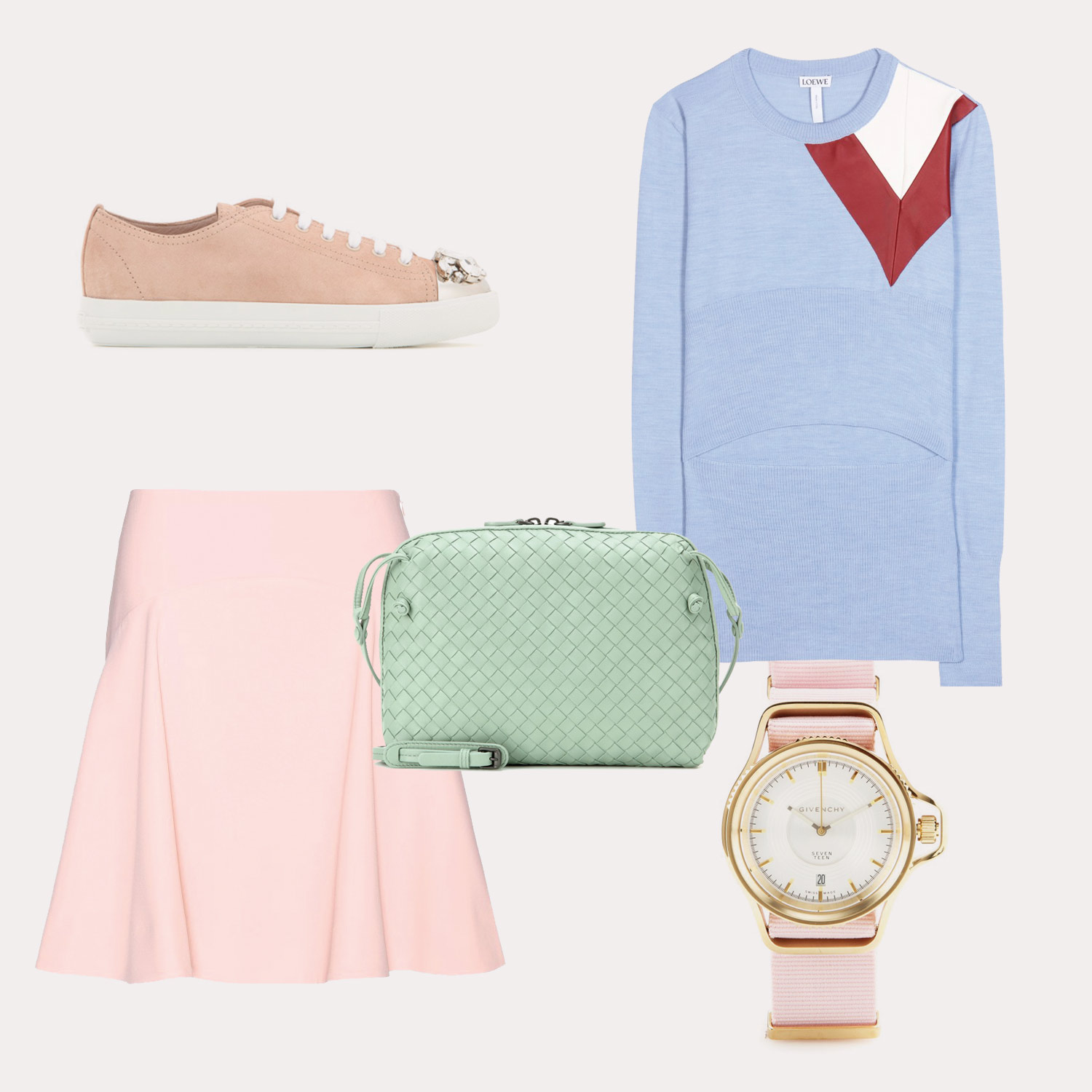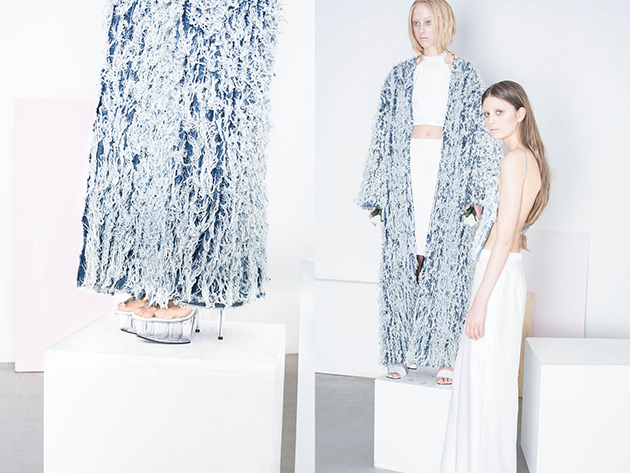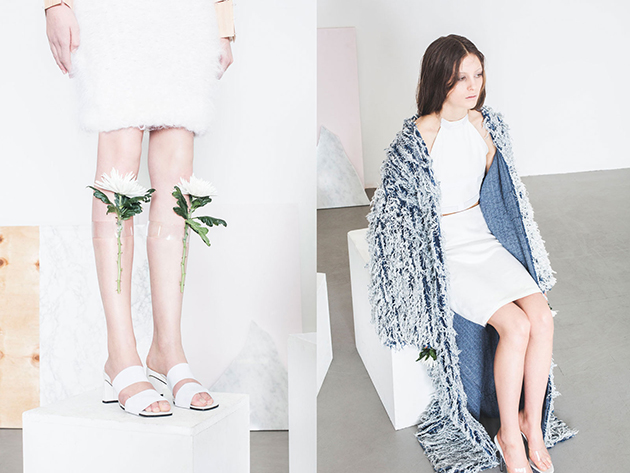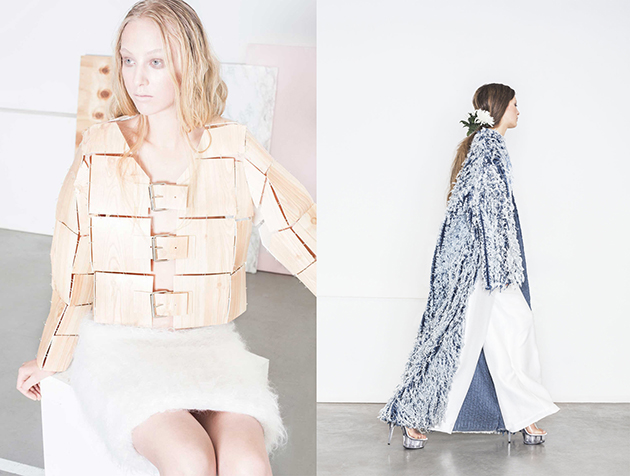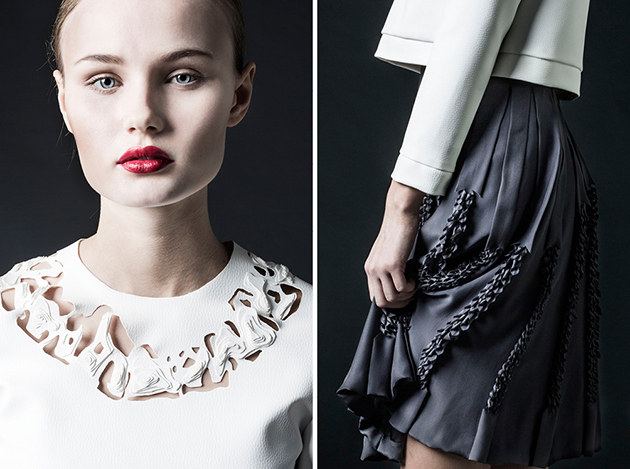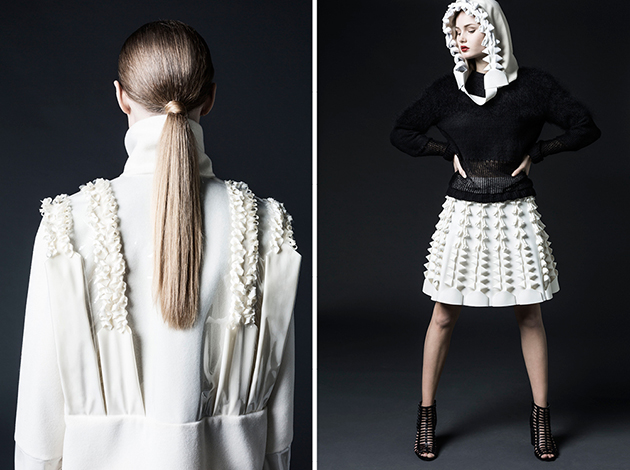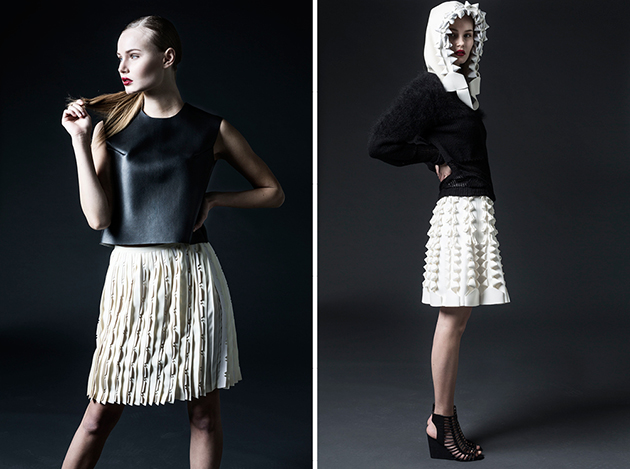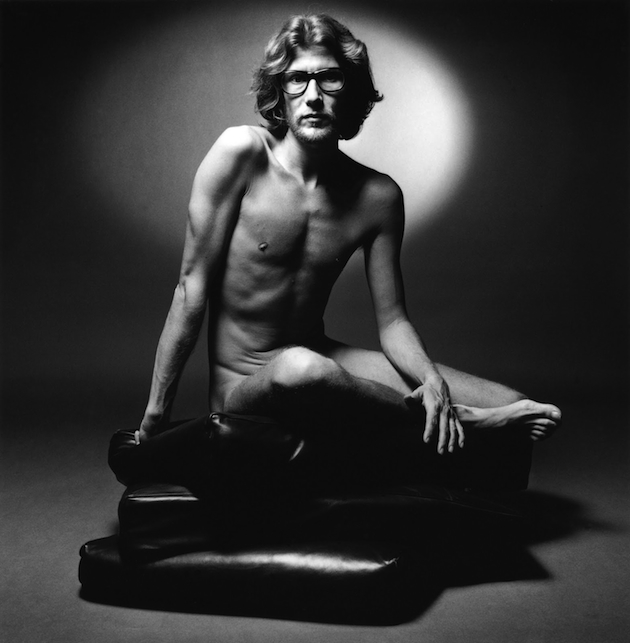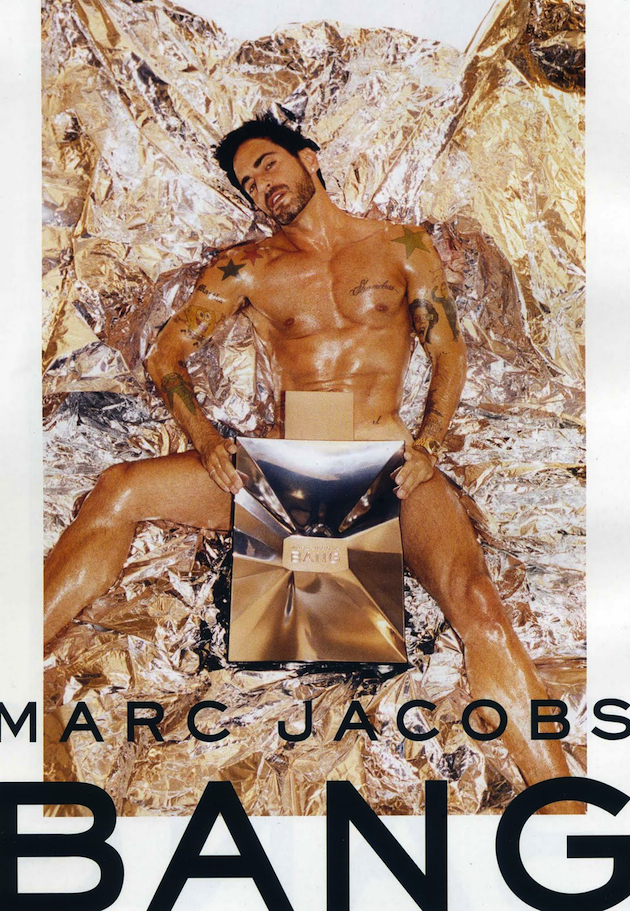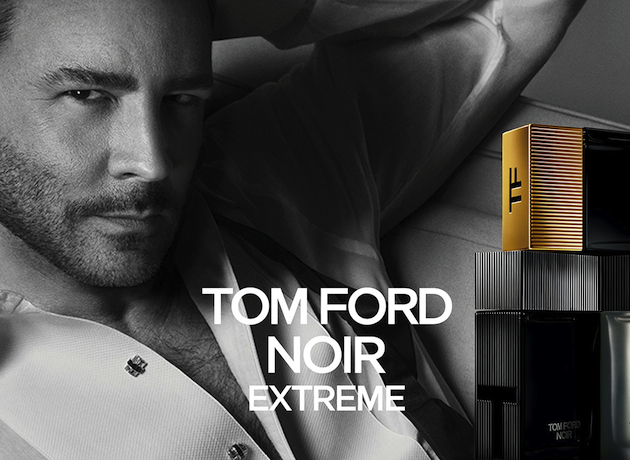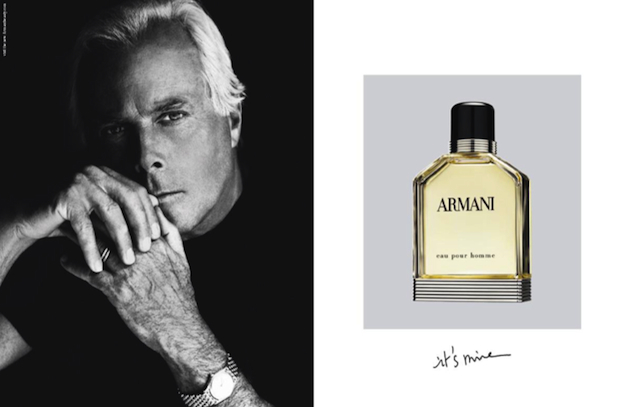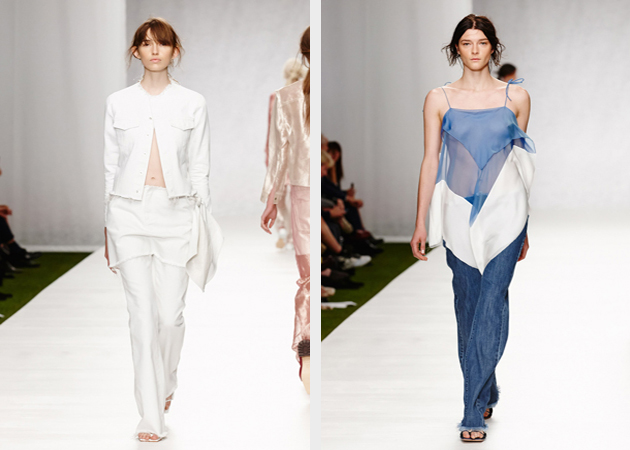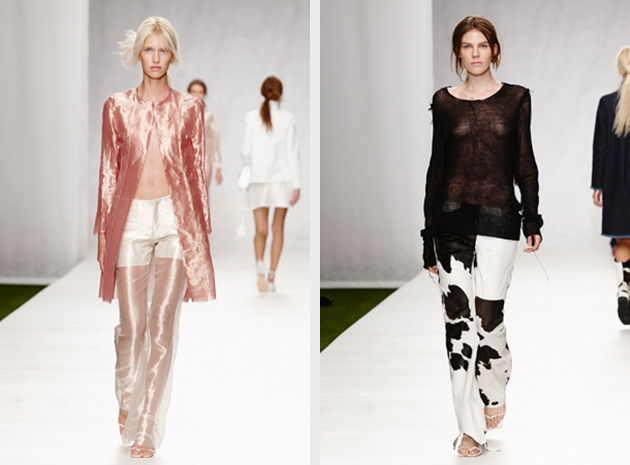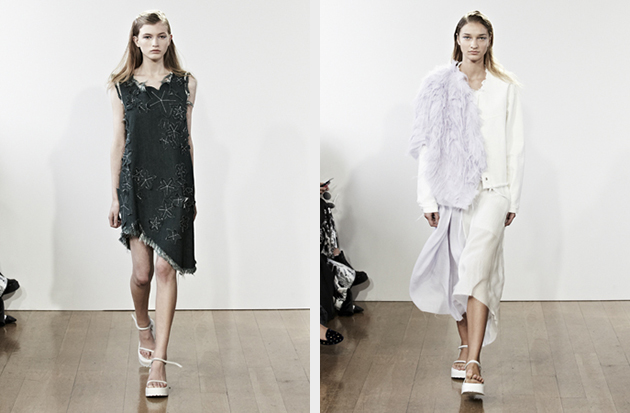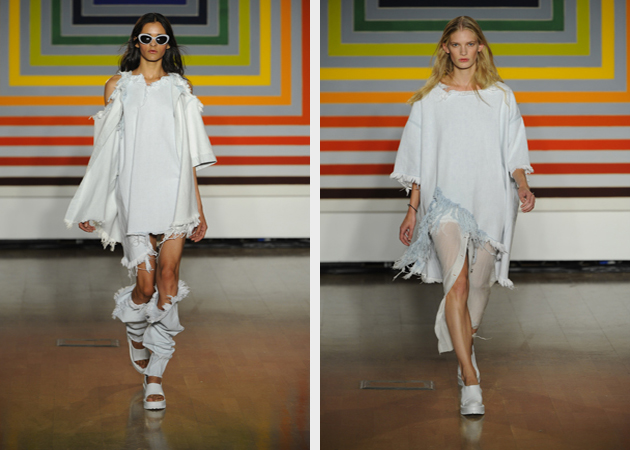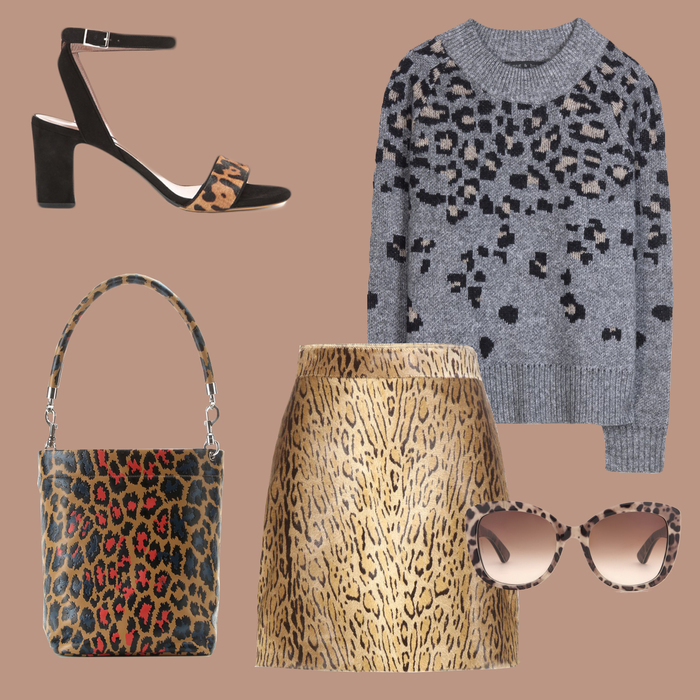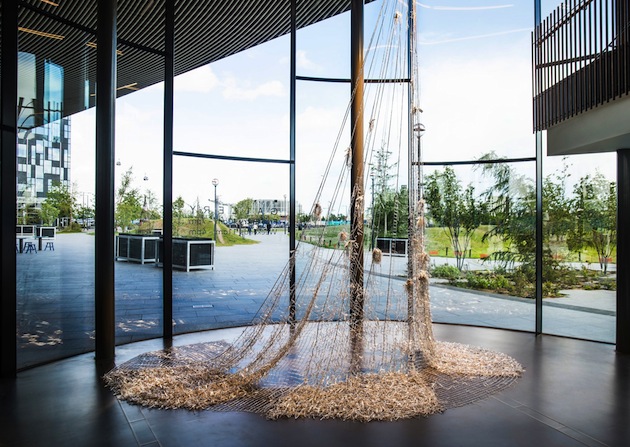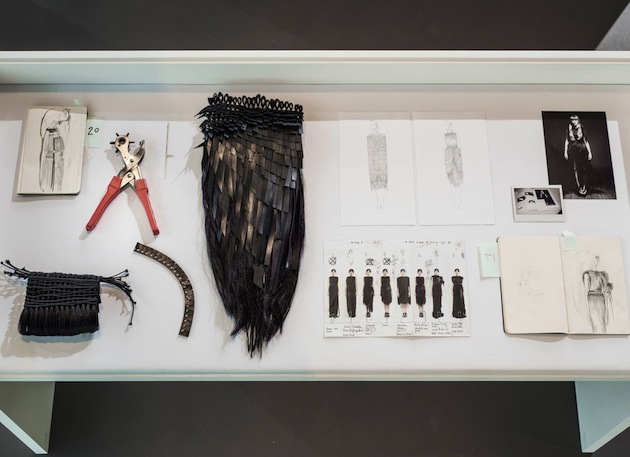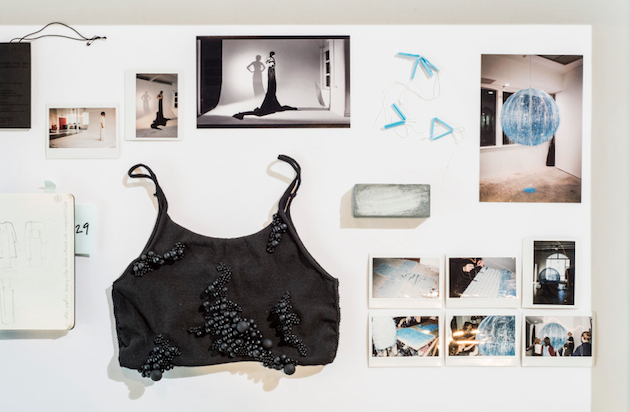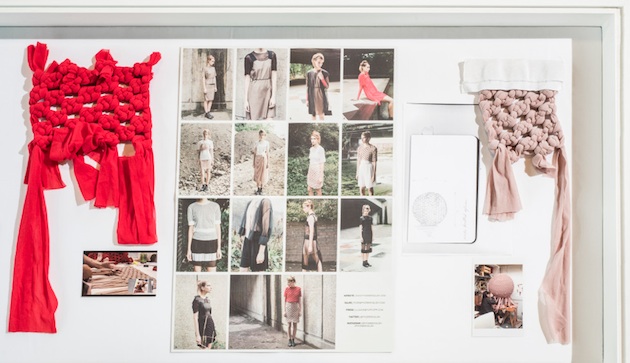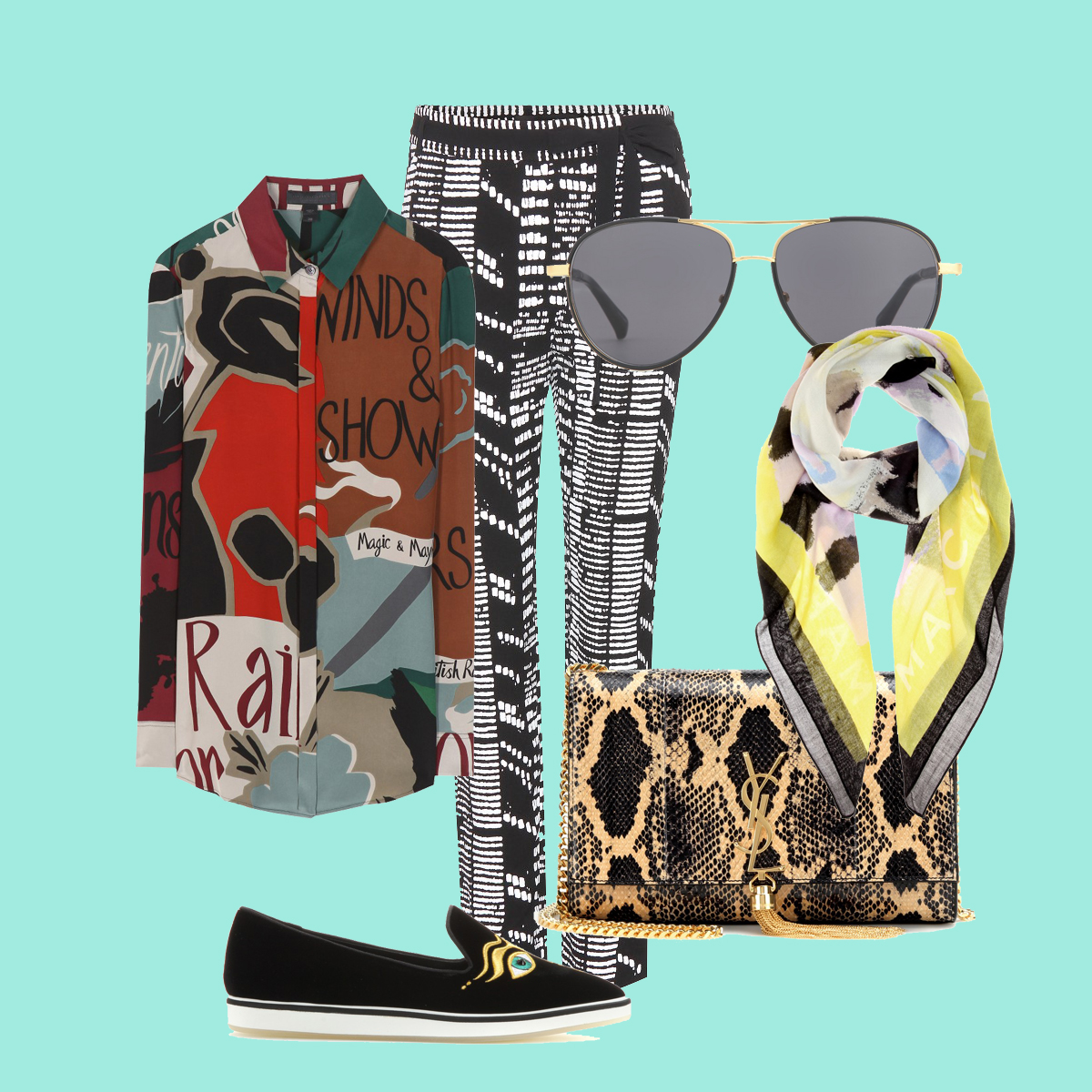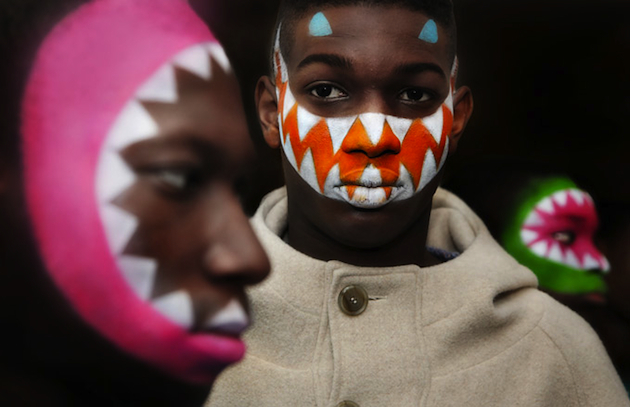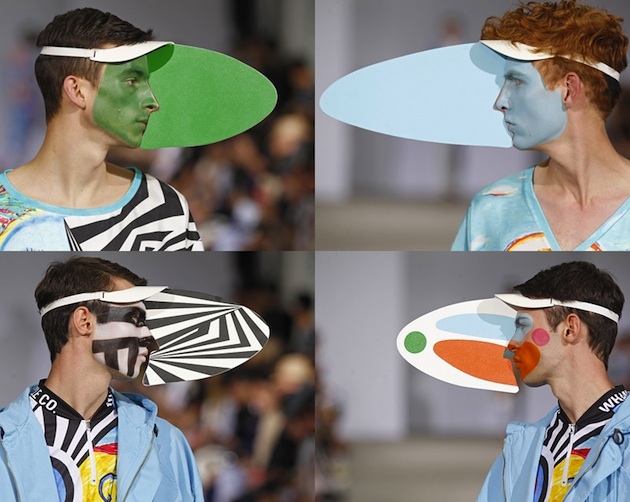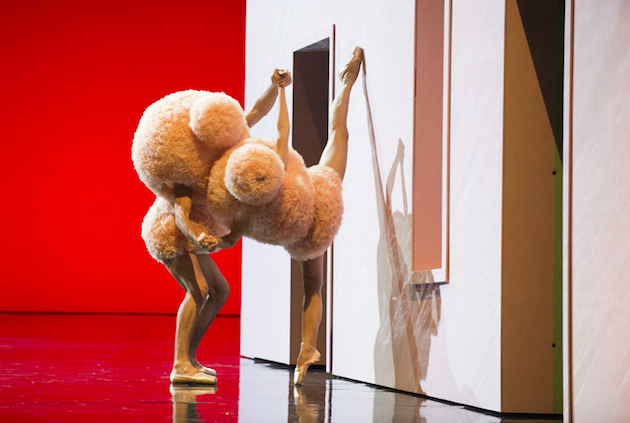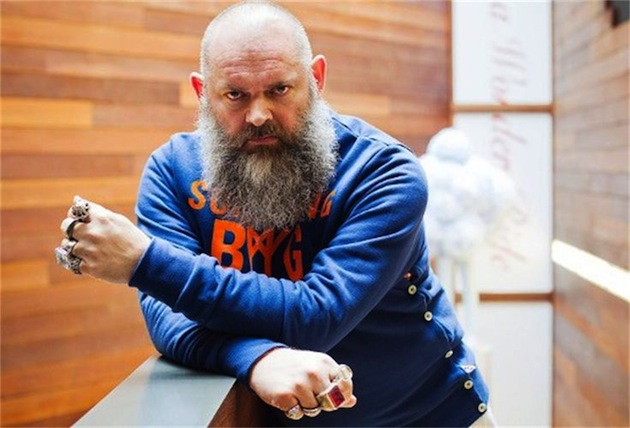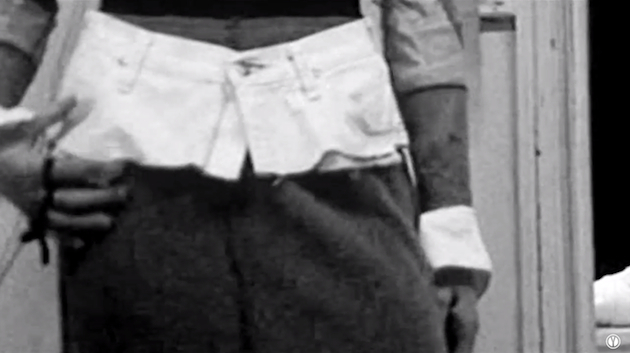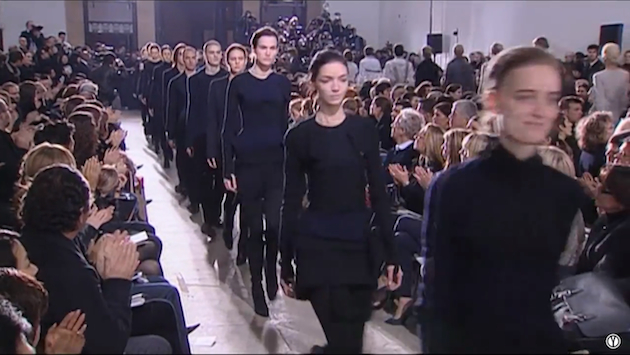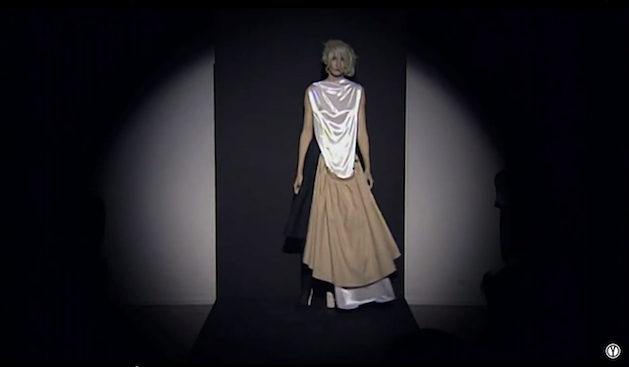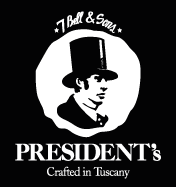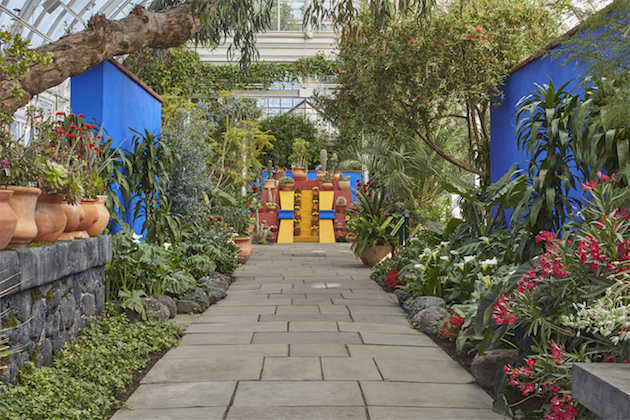
The Mexican painter Frida Kahlo was adored by the fashionable crowd simply for being herself and, therefore, unconventional. Her vibrant look of irregular stacked heels, long skirts and an iconic uni-brow was often elevated through her relationship with the nature. Kahlo would pick flowers from her own garden and wear them in her hair. The combination of all these elements amounted to a fashionable yet relaxed style of the painter, which made her a fashion icon. Looking at Frida Kahlo, we can understand the power of fashion to portray our surroundings as much as our personality. And taking a walk through Frida Kahlo’s garden – recently staged in New York – is almost like taking a peek inside her eclectic closet.
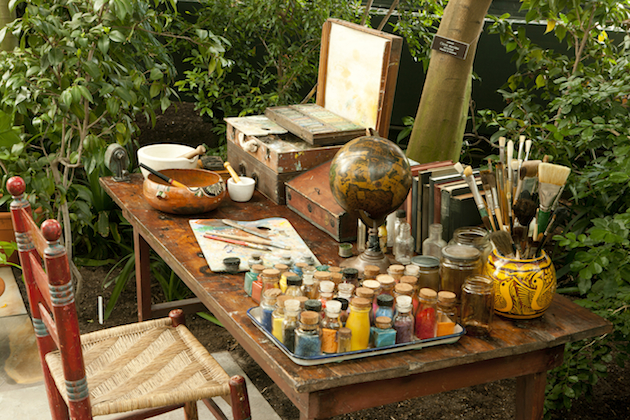
The exhibit “Frida Kahlo: Art, Garden, Life” at the Botanical Garden in New York is made up of two sections. The first one is a re-creation of Kahlo and Diego Rivera’s garden at Casa Azul; an installation made possible from photographs, paintings, and firsthand accounts. What to expect in the garden as you pass through it, is the Mexican flora to a T. Hidden within the garden is also a model of Kahlo’s painting studio, perfected to the very last oil paint and brush to illustrate the uncanny resemblance. A few steps away in the museum are 14 botanical-themed works by Kahlo, as well as several photographs of the artist herself.
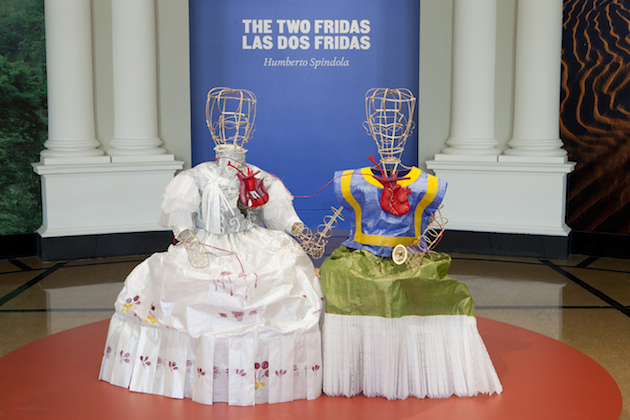
Kahlo’s botanical guidance within fashion can still be found today, for instance in Gucci’s 2015 fall collection. On the runway you could see petite gold bees balanced on the straps of lacy tops, dresses sprinkled with flowers, hummingbirds swishing across sweaters and everything colored within Kahlo’s aesthetic, showcasing the artist’s establishment as a fashion icon and adding to the debate on art and fashion. Frida Kahlo: Art, Garden, Life is on display now to the 1st of November at the New York Botanical Garden.
Victoria Edman